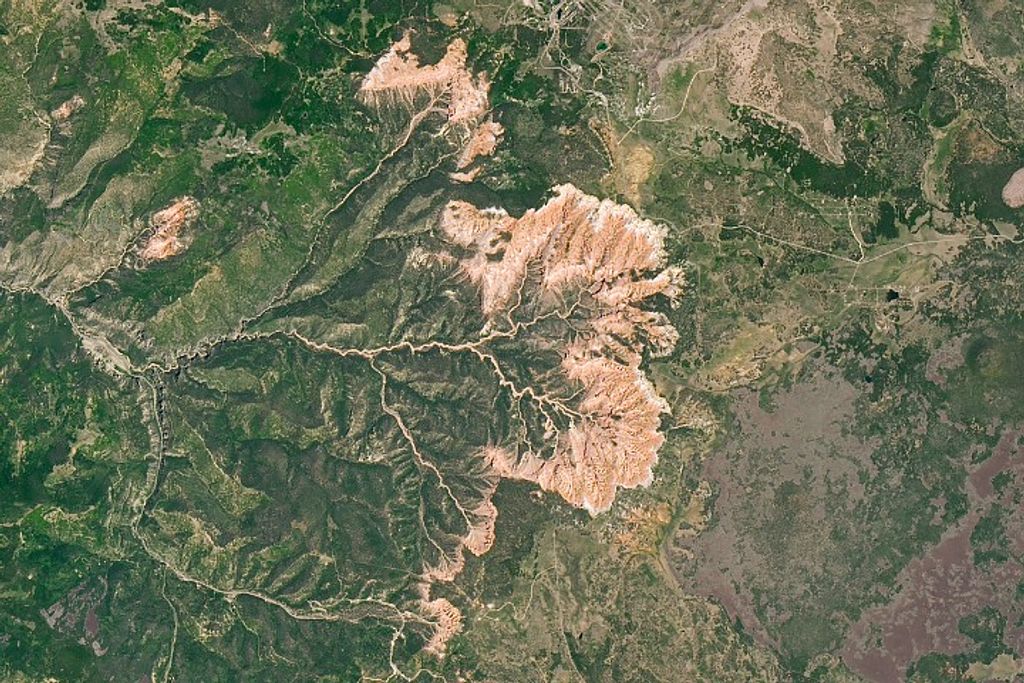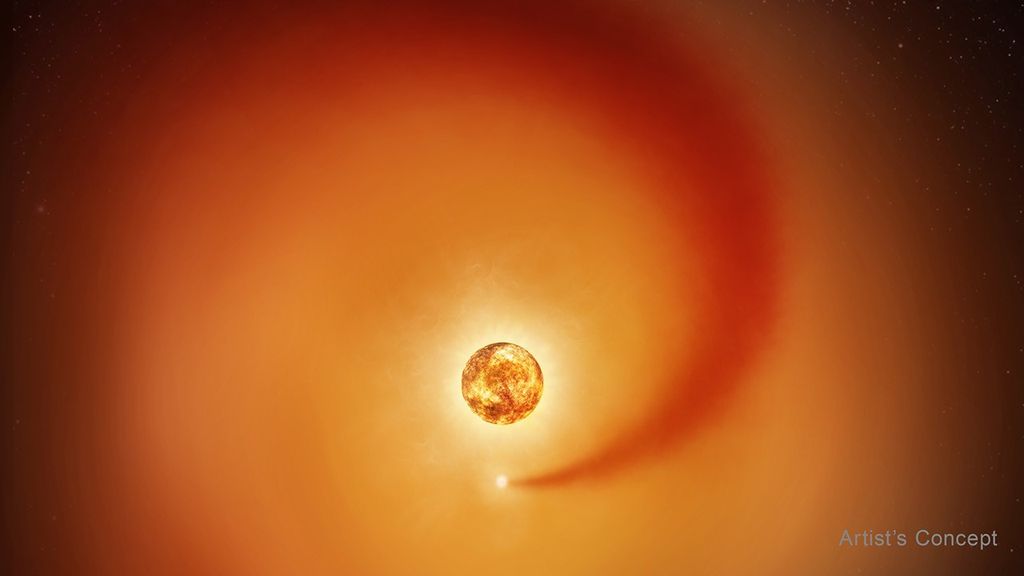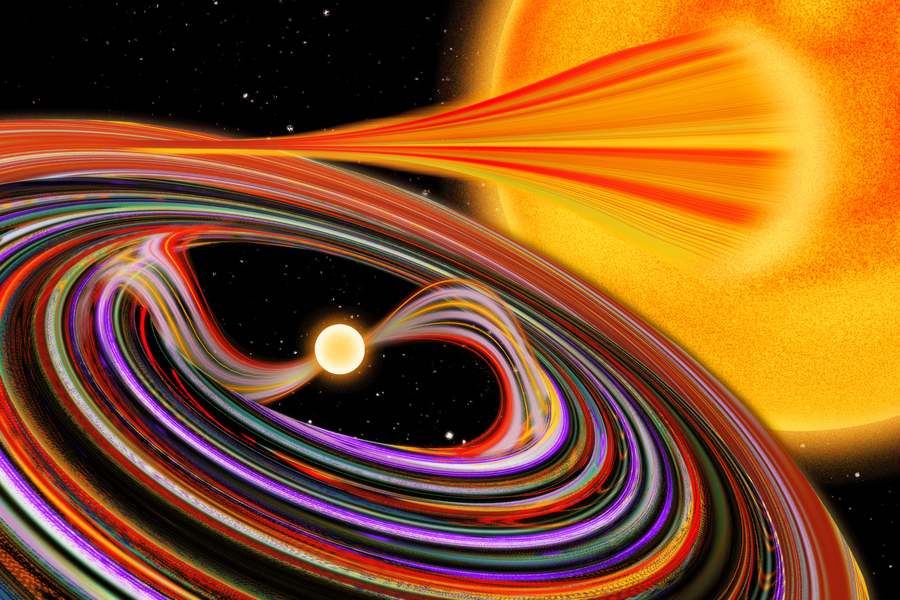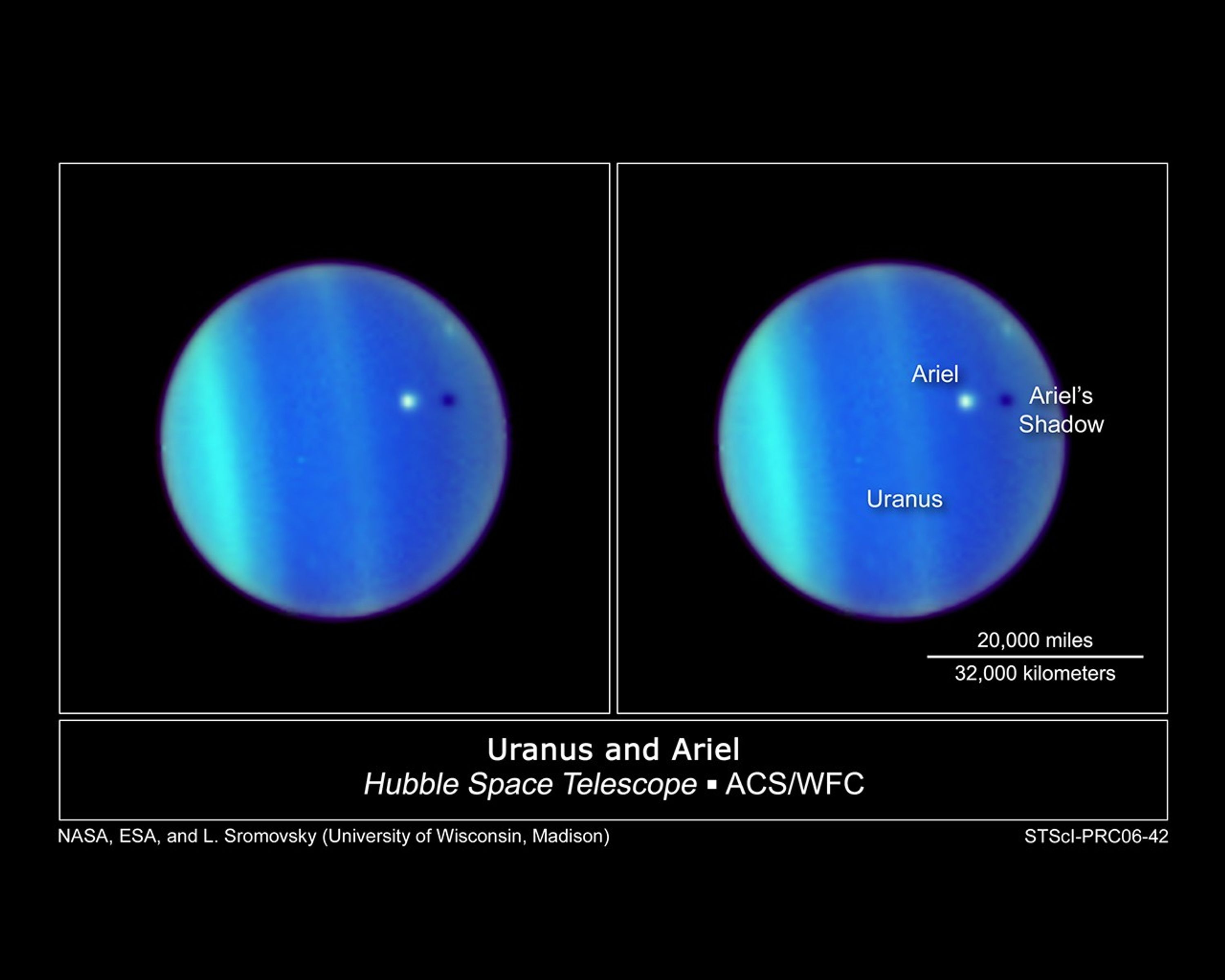1 min read
Uranus as Viewed from Earth – 1994, 1997, 2006

This diagram shows how the inclination of orbits of Uranus' moons have appeared increasingly more oblique over the past 12 years due to Uranus's orbit about the Sun. Hubble Space Telescope has been watching Uranus over that period and has traced, in detail, our changing view of the planet. Uranus is tilted so that its spin axis lies nearly in its orbital plane. This means that only around the time when Uranus's equator is aimed at the Sun (every 42 years) do the orbits of its satellites lie edge-on to the Sun, allowing their shadows to strike the planet, producing solar eclipses on the planet.
- Object NameObject NameA name or catalog number that astronomers use to identify an astronomical object.Uranus
- Release DateAugust 31, 2006
- Science ReleaseHubble Captures a Rare Eclipse on Uranus
- Credit
Related Images & Videos
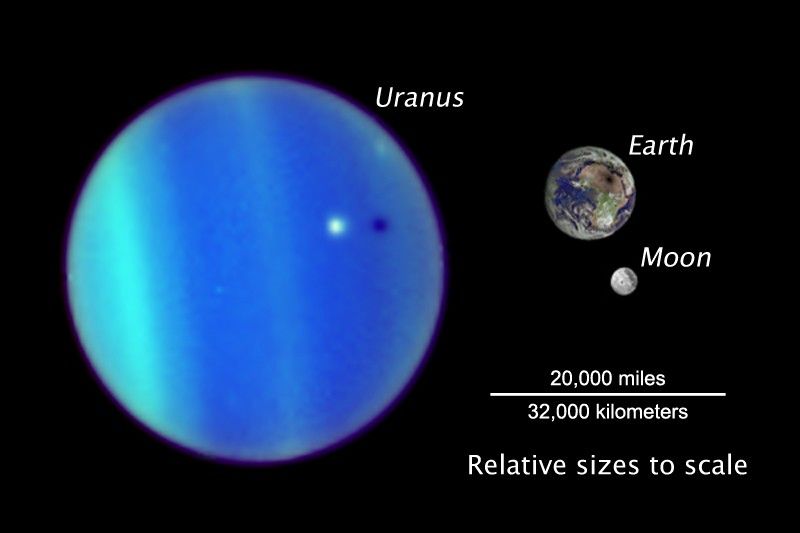
Uranus/Ariel – Earth/Moon Size Comparison
This illustrates the relative sizes of Uranus, Earth and Earth's Moon. The images are shown at the proper relative size, but not the correct relative distance from each other. Uranus is approximately 31,000 miles (50,000 kilometers) in diameter, or about four times the size of...
Share
Details
Last Updated
Aug 17, 2025
Contact
Media
Claire Andreoli
NASA’s Goddard Space Flight Center
Greenbelt, Maryland
claire.andreoli@nasa.gov







